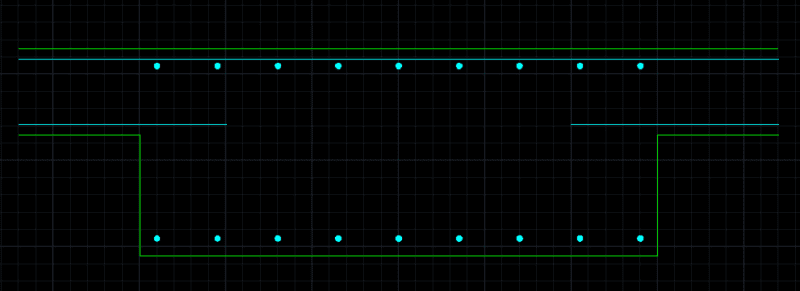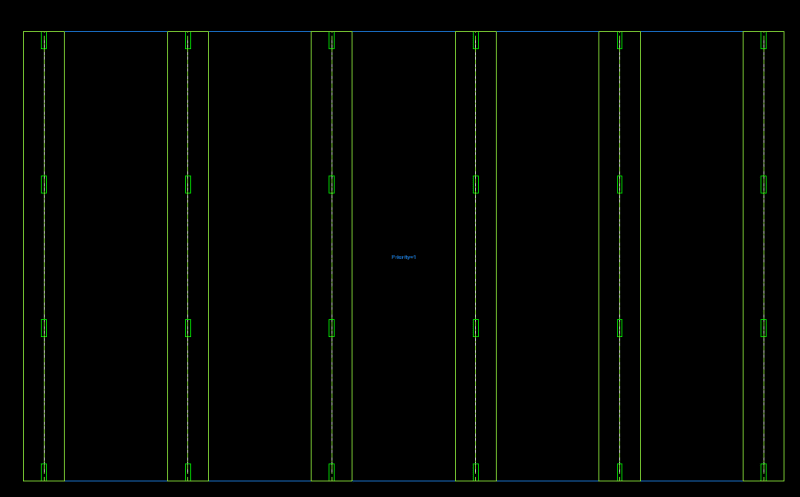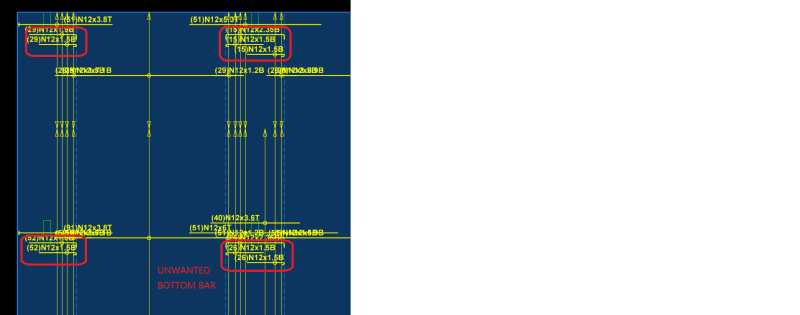FreshMan2020
Structural
Hi all, I have question in regard to modeling band beams in Ram Concept.
Basic Info:
8.5m x 8.5m grid with 2400mm*500mm (D) running in longitude direction.
Band beams are defined as standard beam element with 'meshed as slab' option unticked while slab is defined as one way slab.
Longitude column strip is set to be T-Beam with 'design column strip for column + middle strip resultants' selected. Latitude design strip is set to be one way slab rectangle.
Questions
I want to design slab together with band beams in Ram Concept (strength and service including long term deflection).
The reinforcement plan in Ram Concept produce 'unwanted' latitude bottom reinforce in band beam area (refer below pic 1). I understand that from analysis results there will be moment in that area in that direction which is why reinforcement is produced. However, I want the band beam to be design as 'one way' without transverse bars detailed as below (pic 2). (no even ligs unless the concrete shear capacity fail). So what do I do in Ram Concept to achieve what I want?


Thank you.
Basic Info:
8.5m x 8.5m grid with 2400mm*500mm (D) running in longitude direction.
Band beams are defined as standard beam element with 'meshed as slab' option unticked while slab is defined as one way slab.
Longitude column strip is set to be T-Beam with 'design column strip for column + middle strip resultants' selected. Latitude design strip is set to be one way slab rectangle.
Questions
I want to design slab together with band beams in Ram Concept (strength and service including long term deflection).
The reinforcement plan in Ram Concept produce 'unwanted' latitude bottom reinforce in band beam area (refer below pic 1). I understand that from analysis results there will be moment in that area in that direction which is why reinforcement is produced. However, I want the band beam to be design as 'one way' without transverse bars detailed as below (pic 2). (no even ligs unless the concrete shear capacity fail). So what do I do in Ram Concept to achieve what I want?

pic 1 : Unwanted latitude bottom bar in band beam

pic 2: actual detail I want to design for slab-to-beam
Thank you.


